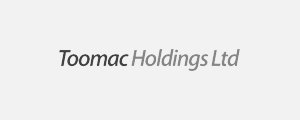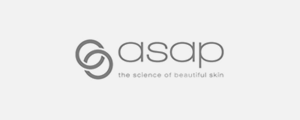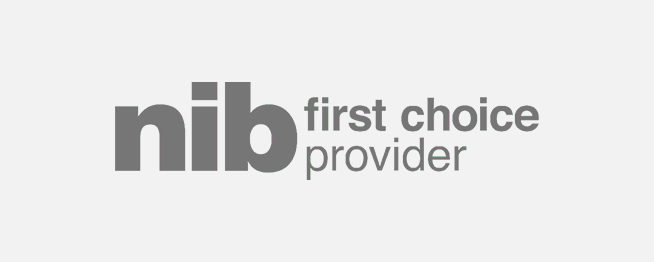The introduction of minimally invasive techniques for the management of axial superficial reflux has dramatically changed the clinical management of varicose veins. Early adoption of these techniques has been largely driven by physician and patient preferences.
The most effective treatments are those that provide the most patient benefits including minimal post-operative discomfort, rapid return to usual activities, a low rate of recurrence, and the greatest long-term gain in quality of life.
The available data suggest that all of the minimally invasive procedures, including EVLA, RFA, and UGFS, are clinically effective alternatives to HL/S. Although differences in QALYs between the procedures are small, they do marginally favor the less invasive modalities over surgery. The technical results of UGFS are inferior to those of the thermal techniques, but it does have the advantage of being minimally invasive, inexpensive, and well-tolerated. Although retreatment is associated with patient inconvenience, UGFS is likely the most cost-effective treatment option for patients with limited funds.
A well-informed patient will be able to choose the modality that best suits their needs.
(EVLA endovenous laser ablation, RFA radiofrequency ablation, UGFS ultrasound guided foam sclerotherapy, HL/S high ligation/stripping).




© 2024 Vein and Laser